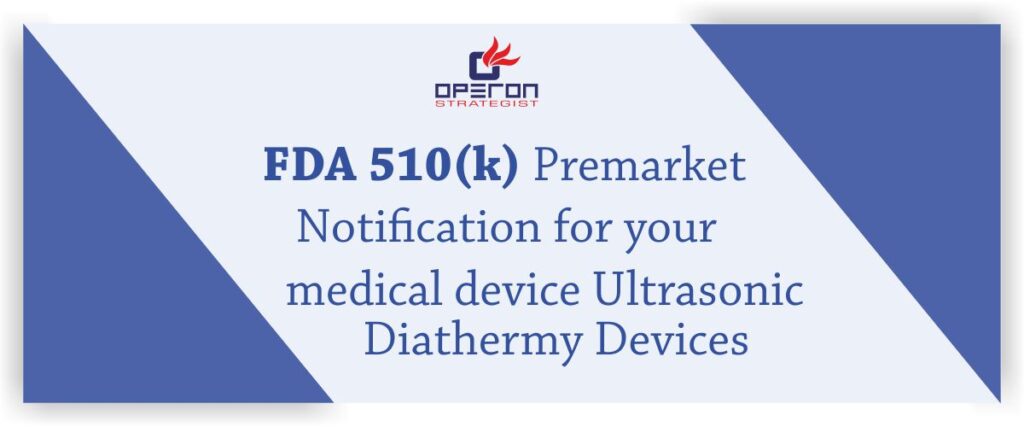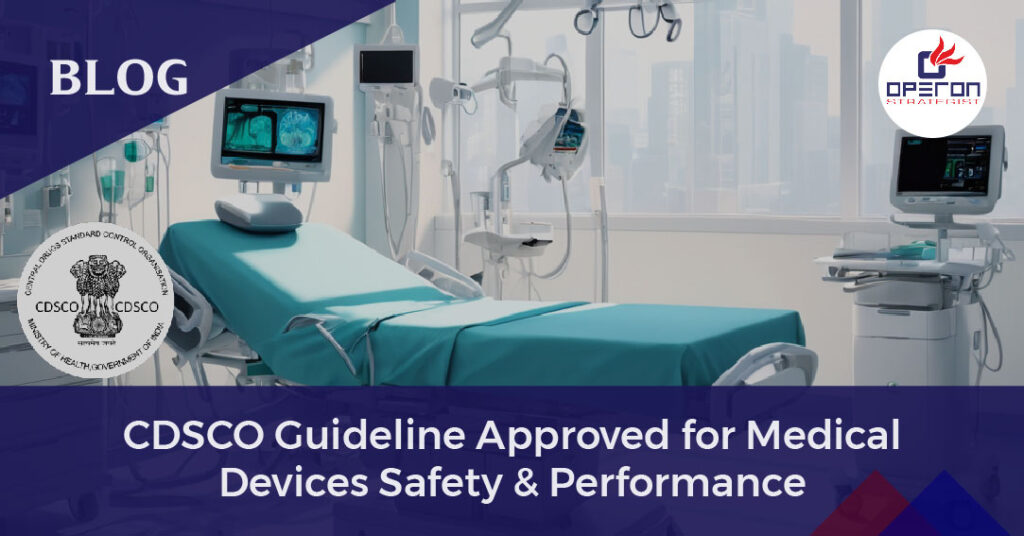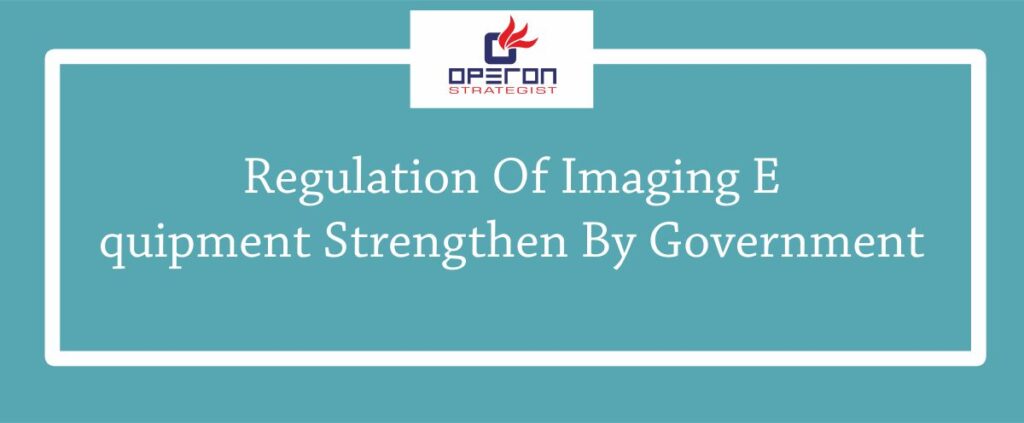Nail Your Technical File Medical Device: A Compliance Guide
Did you know, In the medical device industry, incomplete or poorly structured technical documentation (TD) can lead to regulatory delays, product recalls, or market rejection. Complying with MDR 2017/745 standards for TD can be challenging, but getting it right ensures faster approvals, smoother audits, and long-term compliance.
What You’ll Learn:
- How to structure your Technical Documentation effectively.
- Essential files for your technical file.
- Strategies to keep your documentation up-to-date.
Looking For a Medical Device Regulatory Consultant?
Let’s have a word about your next project

1. Follow the Rules, but Adapt
MDR 2017/745 Annex II provides a standardized approach, but each notified body may have specific preferences. Align with Annex II while considering feedback from your notified body, and follow a clear, logical format for easy review.
2. Start with the GSPRs
The General Safety and Performance Requirements (GSPRs) form the foundation of your TD. Ensure you identify relevant standards, tests, and evidence required, and map out regulatory expectations before writing your TD.
3. Maintain Traceability
Your TD is interconnected. Use traceability matrices to link design inputs, risks, and performance outcomes, and ensure clinical data aligns with safety and usability reports. For example, a risk identified in a usability study should be reflected in the Risk Management File and PMS plan.
4. Include Critical Files
Missing or incomplete documents can delay approvals or result in rejections. Key files to include in your TD are:
- Risk Management File (ISO 14971)
- Usability & Human Factors Testing (IEC 62366-1)
- Clinical Evaluation Report (CER) (MDCG 2020-13)
- Biocompatibility & Performance Testing Reports
5. Update Your Quality Management System (QMS)
Ensure your QMS supports TD creation and updates. Define TD review procedures within ISO 13485, assign a Person Responsible for Regulatory Compliance (PRRC), and set up regular TD review cycles.
6. Keep Your Technical Documentation Current
Your Technical Documentation must evolve with design changes, new clinical data, and post-market insights. Update your documentation after any modifications, risk assessments, or new clinical/PMS data.
7. Think of Your Technical Documentation as an Ecosystem
Technical documentation is dynamic, and every change impacts multiple documents. Use document management software for version control and ensure your TD aligns with risk management and PMS activities.
Know About Medical Device Technical Documentation in Detail!
How Operon Ensures Your Technical File Meets MDR Requirements
To ensure your technical file meets regulatory standards, it’s essential to follow MDR Annex II while adapting to the specific preferences of your notified body. Start by outlining compliance requirements through GSPRs, and ensure traceability between design, risk, and performance. Make sure to include all critical files, align your Quality Management System (QMS) with your technical documentation processes, and update the TD with every device modification or new data. Treat your technical documentation as a dynamic system, maintaining alignment across all parts.
This is where Operon steps in: we provide expert support in creating and maintaining your technical file, ensuring it stays compliant and up-to-date, helping you navigate regulatory processes smoothly and efficiently.
FAQs
MDR TD is a collection of documents proving a medical device’s compliance with safety, performance, and risk management requirements.
Missing or incorrect documentation can lead to delays, rejections, or regulatory actions.
Update TD whenever there’s a design change, risk assessment, or new clinical/PMS data.
- adminhttps://operonstrategist.com/author/admin-2/
- adminhttps://operonstrategist.com/author/admin-2/
- adminhttps://operonstrategist.com/author/admin-2/
- adminhttps://operonstrategist.com/author/admin-2/




